It is the government’s standard that the term “wool” should always mean new wool that has not been made up into any form of wool product. New wool is sourced directly from a fleece, so it has not been spun, woven, felted, or worn before. In this article, we will brief about manufacturing process of wool fiber. Currently, the textile industry uses the term “virgin wool” to indicate new wool derived from sheep’s fleece. However, this term is too general to be considered a quality criterion since it encompasses so many things. Although this term refers to the fact that virgin wool contains no recycled wool fibers, it can also be used to identify the lesser desired fibers of a fleece as well as the finer quality of wool, despite the fact that it does not contain recycled wool fibers. Virgin wool can also include pulled or dead wool, which may be of definitely inferior stock. It is essential that you keep in mind that a fabric of high quality recycled wool will last longer than one that is made with a low quality new wool. however, I will present how to process of making wool from sheep in easy way. I will present a flow chart of process of making wool from sheep.
Flow Chart of Manufacturing Process of Wool Fiber:
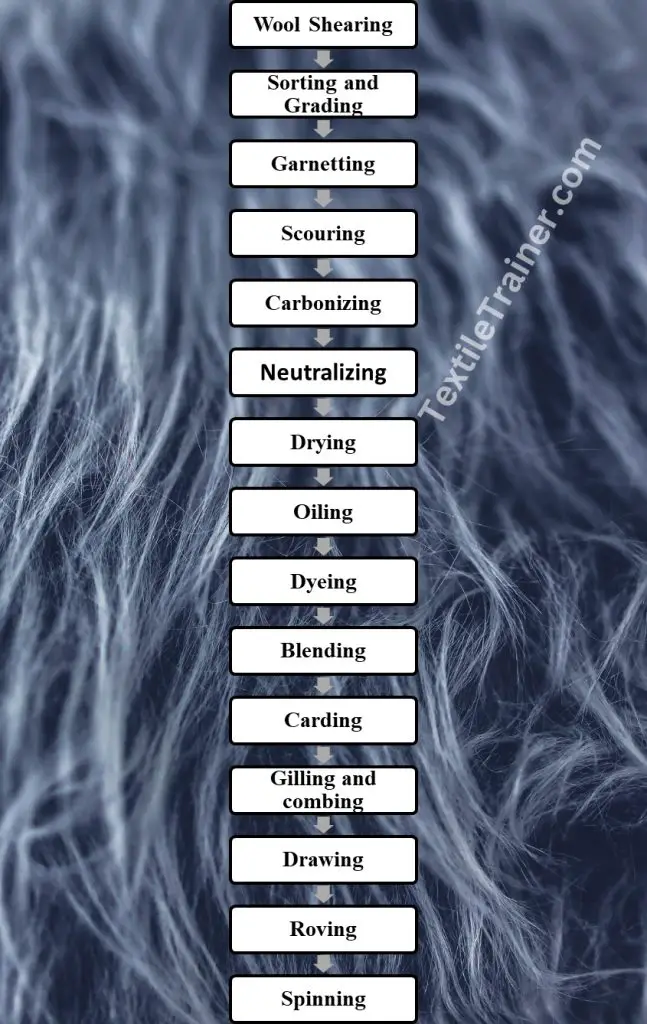
Now, I will brief description all process of making wool from sheep step by step.
Wool shearing:
Wool fiber shearing involves removing wool or fleece from a sheep’s body to obtain raw wool for making yarn and other woolen goods. Fleeces in Australia are typically sheared once a year and vary in weight from 6 to 18 pounds, average around 8 pounds. At the time of shearing, the fleeces are separated based on their quality. The wool from the shoulders and sides becomes longer, more delicate, and softer, and is treated as one fleece; wool from the head, chest, belly, and shanks is treated as a second fleece. As domestic wool reaches the mill, it is loosely packed, while imported wool is tightly compressed into bales. There are different grades within the fleeces. Based on the length, diameter, and quality of the fibers, the raw stock must be graded and segregated.
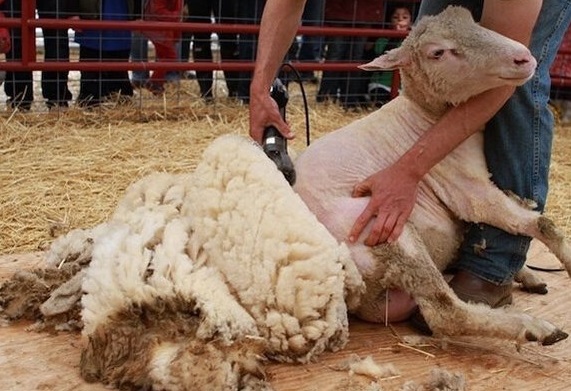
Sorting and grading:
It is essential to sort and grade the wool after shearing has been completed, because not every wool has the same value or use. For example, Merino wool, for instance, has a high demand because of its high quality. Thus, let’s take a look at the sorting table. For good wool, it is essential to carry out this stage carefully. As a result, fleeces are categorized based on their fineness and length of fiber, as well as their colour. In order to keep the product as clean as possible, plant material, excrement, or coloured parts should be kept out.
Garnetting:
Generally, recycled wool fibers are obtained through a method known as garnetting, which involves picking and shredding the unused and used wool fibers separately into a fibrous mass. Recycled wool fibers have different grades and are generally more expensive than virgin wool fibers, as the quality of the original stock used to manufacture them is crucial. Good quality recycled wool may cost up to five times as much as poor quality virgin wool fiber.
Scouring:
The wool contains a greasy substance that imputes it. To get pure wool fibers, this greasy substance must be removed. The process of scouring involves removing this greasy impurity, which is mainly made up of lanolin, dirt, suint, and sand. It is accomplished by passing the greasy wool through a series of bowls containing water liquor. At first, 3-2 bowls are filled with warm water that containing detergent and alkali as these help remove the bulk of the impurities from the wool fiber. Freshwater is used to rinse. The wool is then passed through a continuous drier followed by a machine that mechanically removes the sand and other insoluble impurities. The wool fibers are then blended and condition in a bin.
Carbonizing:
After scouring, if the wool is not sufficiently free of vegetable matter, it is carbonized with dilute sulfuric acid or hydrochloric acid to remove or destroy vegetable matter. When wool fiber is treated with dilute sulfuric acid or hydrochloric acid to remove or destroy vegetable matter, it is called carbonizing.
Neutralizing:
After carbonization of wool fibers, the sulphuric acid is neutralized by passing the fibers through a cold water rinse bowl and then a squeeze roller. The fibers are then passed through a soda bath at 370 C followed by an ionic wash. A pH of about 6.5 is used to neutralize the fibers for about 12 minutes. The fibers are then dried and moved on to the next zone.
Drying:
It is important that wool is not allowed to dry completely; usually, about 12% to 16% of the moisture is left inside the wool so that it can be handled later.
Oiling:
Wool fiber becomes brittle and unmanageable once it has been scoured, so oils such as animal, vegetable, or mineral oils are usually used to lubricate it before spinning.
Dyeing:
If the wool is to be dyed in the raw stock, it will be dyed at this time. Some wool fabrics are piece dyed, some are yarn dyed, some are skein dyed, and some are top dyed.
Blending:
At this point, different grades of wool can be blended or mixed together. Tag locks and inferior grades of wool are often mixed with the better grades. If the goal of the mixture is to make a tougher product and an affordable one, it is a valid practice, provided that the label of the finished goods describes the raw materials correctly. After wool grade blending, other fibers may be blended with the wool.
Carding:
After that, the woolen fibers are passed through metal teeth which separate and blend into slivers. The carding process removes any remaining dirt particles and opens up the fiber strands to their individual fibers. For spinning felting or fabric and cloth making, carding can be done by hand or drum carders. Thus, carding produces a thin sheet of fibers of uniform thickness, which forms a thick strand of untwisted fibers.
Gilling and combing:
The carded wool is put through a gilling and combing process to make worsted yarn. The gilling process removes the shorter staples and straightens the fibers. The combing process is then carried out to remove the shorter fibers, place the longer fibers parallel to one another, and clean the fibers by removing any loose impurities.
Drawing:
The drawing process involves double and redoubled slivers of wool fibers. The slivers are drew, drafted, twisted and wound, resulting in thinner fibers. drawing is done only for worsted yarns.
Roving:
The roving process is the final step before spinning is undertaken. It is actually a light twisting operation which allows the thin slubbers to remain intact during this process.
Spinning:
Spinning refers to the process of drawing out and twisting wool roving into yarn. The most common spinning machines for spinning woolen yarns are mule spinning machines, but worsted yarns can be spun on any spinning machine, whether it is a mule spinning machine or a ring spinning machine. There are two main spinning methods for worsted yarns: the English system and the French system.
You may read:
- History of wool with geographical distribution.
- Classification of wool fiber.
- Morphology of wool fiber.
- Woolen Vs Worsted Fabric.
Reference:
- Cook, J. G. (2005). Handbook of Textile Fibers. Delhi: WoodHead Publishing Limited.
- Corbman, B. P. (1987). Textile Fiber to Fabric. Singapore: McGraw Hill Book Co.
- Dr. Hosne Ara Begum, P. D. (n.d.). Natural fibers. Dhaka: Hafiz book center.
- Nakamura, A. (2005). Fiber Science and Technology. Delhi: Allied Books and Publishing Co. Pvt. Ltd.
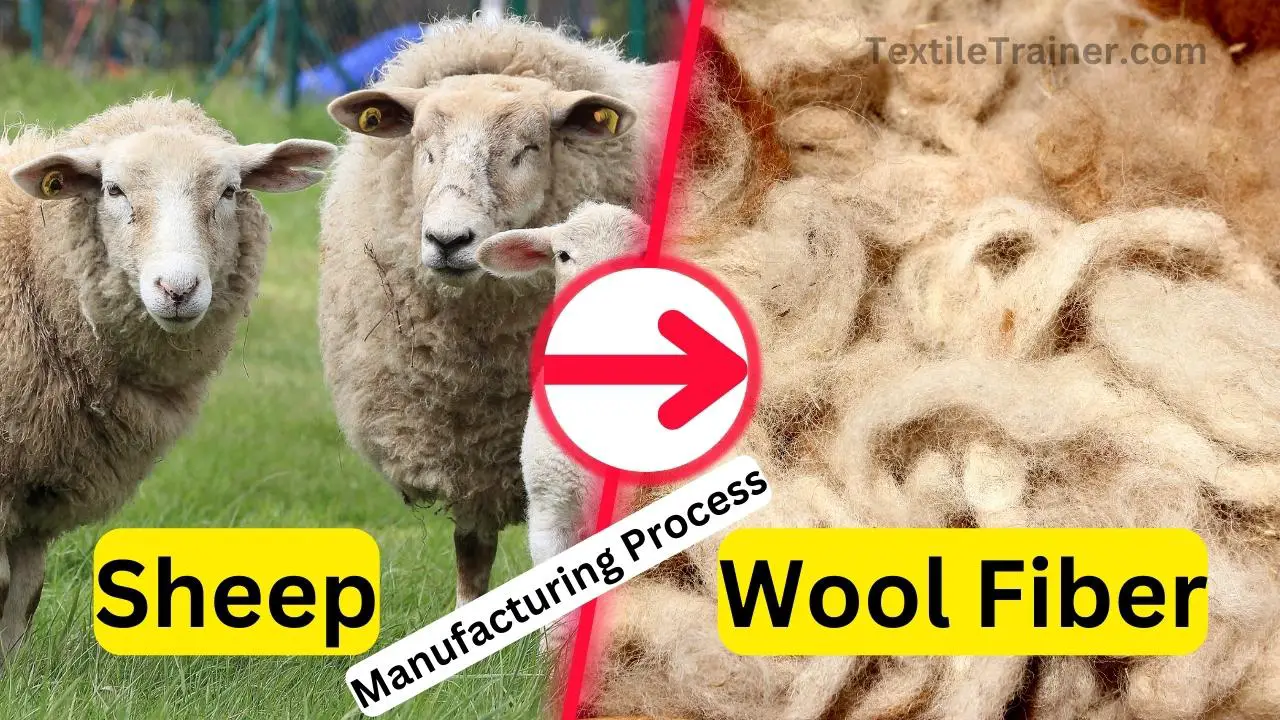
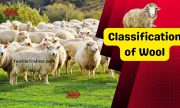
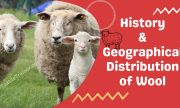


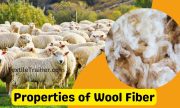

1 thought on “Manufacturing Process of Wool: Easy 15 Step of Making Wool From Sheep”